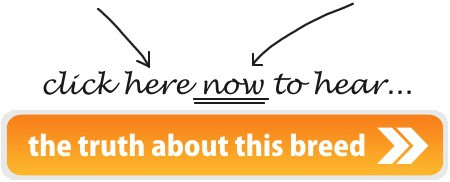 Sure, we’re pretty conscious of our dog’s mouths. Mostly when they’re giving sloppy kisses with bad breath, barking or digging for food anywhere they can. Because they use it as more than just a food delivery system, it’s important to keep an eye on your Miniature Schnauzer’s dental health because it’s a big part of how they communicate, play and show their affection. Making a point to incorporate dog dental care into your grooming routine will ensure that they stay happy, talkative and healthy for years to come.
Sure, we’re pretty conscious of our dog’s mouths. Mostly when they’re giving sloppy kisses with bad breath, barking or digging for food anywhere they can. Because they use it as more than just a food delivery system, it’s important to keep an eye on your Miniature Schnauzer’s dental health because it’s a big part of how they communicate, play and show their affection. Making a point to incorporate dog dental care into your grooming routine will ensure that they stay happy, talkative and healthy for years to come.
Noticing teeth problems or dental issues will help avoid serious health problems or expensive medical care down the road. You can start by simply looking at your Schnauzer’s teeth and bite to make sure that there are no cuts, broken teeth or areas that look like they need a dog dentist’s attention. A veterinarian will inspect a dog’s mouth during their routine check-ups but being proactive helps even more. Routine dog dental care can be done while checking out your pet’s mouth during grooming. Here are a few signs to look for:
– Excessive saliva, more than usual
– Bleeding, red or puffy gums
– Bad breath (also called halitosis)
– Tartar (also known as calculus) build-up similar to a human’s teeth
– Loose, chipped or missing teeth
– Hesitance to chew or vocalization while chewing

Any of these symptoms can be signs of something much more significant happening to your pet’s health. In between routine veterinary visits, there are a variety of options you can add to your dog grooming routine to ensure adequate dog dental care and protect your pet’s health.
One very important way to keep a dog’s dental health in shape is to brush your pet’s teeth. That may seem like a goofy idea but it directly helps keep your Miniature Schnauzer healthy and there are a large number of dog toothpastes to choose from. You can get a dog toothbrush specially made for dogs from pet stores, your vet or a dog dentist; otherwise you can make one by wrapping a clean, soft piece of gauze around one of your fingers.
Choosing toothpaste for your dog is important as well. Just remember to never use human toothpaste on your pet. Toothpaste for dogs is specially designed for them with healthy enzymes, and human toothpaste is made differently—it is also the same case with mouth washes. If you opt to choose toothpaste from your veterinarian or dog dentist, pet insurance often covers these costs to some degree.
Your veterinarian or dog dentist will happily show you techniques to introduce a dog to teeth brushing and you can also consult the internet for additional sources. A finger brush as mentioned above may be the easiest method to introduce your pet to brushing. Similar to a human, brush their teeth in circular, small motions while only focusing on one area of the mouth at a time. The outside of their teeth, the side that faces their cheek, is most susceptible to tartar or plaque. If your pet fights against tooth brushing, don’t force it in the same instance. Small steps may be needed to gain your pet’s trust and comfort.
Another option to add dog dental care to your grooming routine is to introduce chew toys and treats that are designed with dental health in mind. Your vet will have a variety of products to recommend as will any pet store. There are a range of chew toys, with a range of shapes and sizes, made of teeth friendly material with ridges meant to deflect tartar and food build up. In addition, there are a large number of dental chews for dogs that are similarly designed to work against tartar build up with unique shapes and healthy ingredients.


